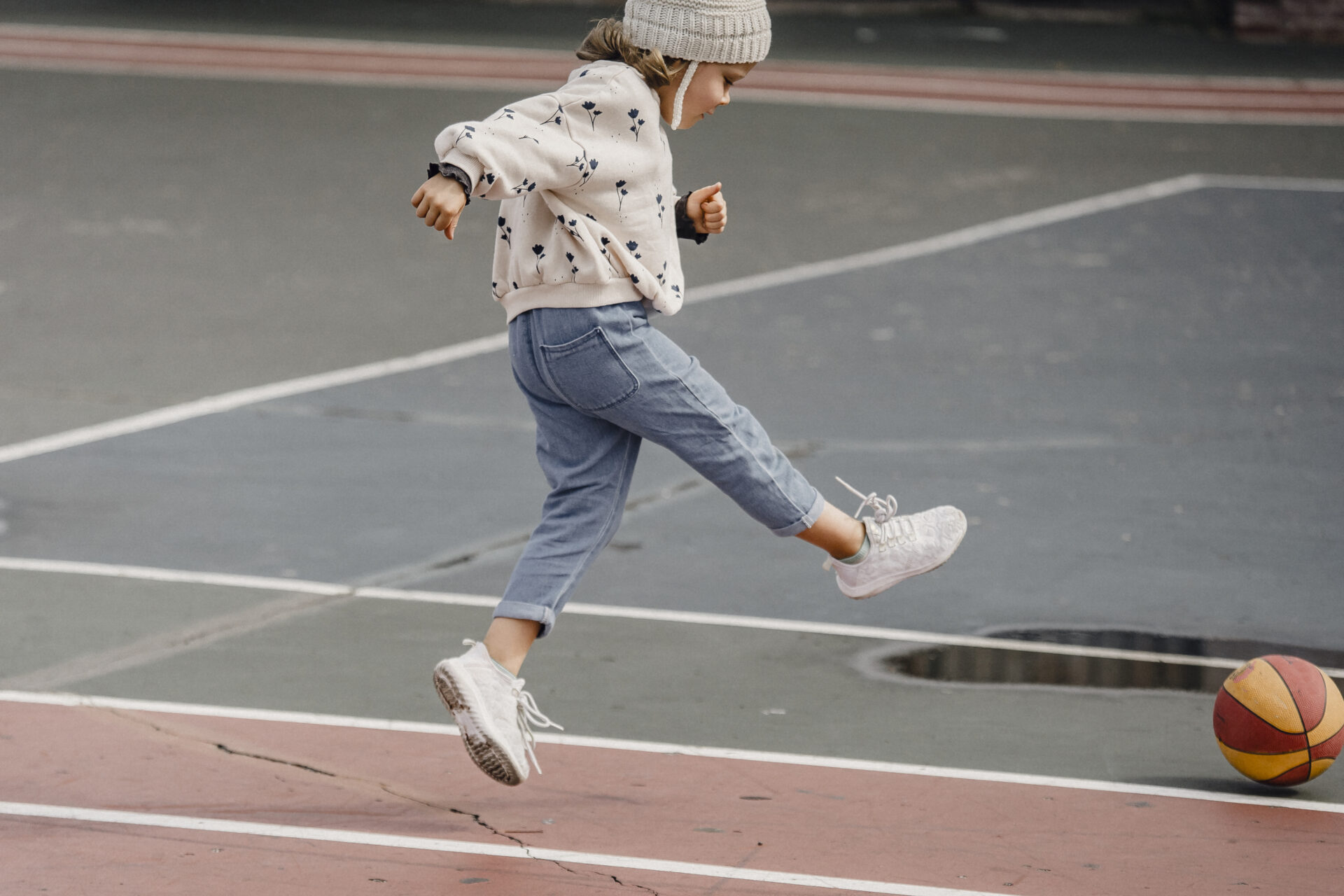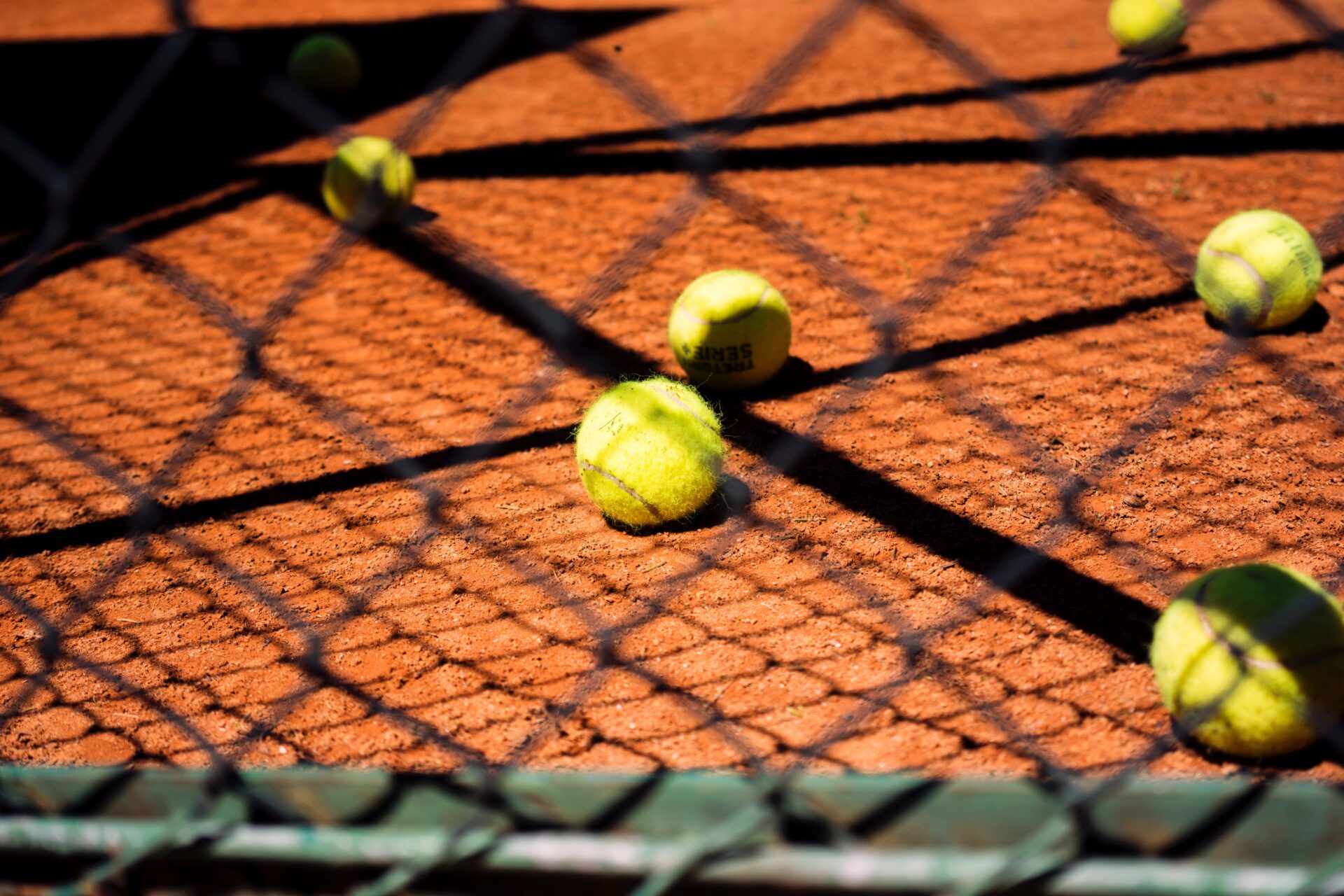Texture patterns play a crucial role in various aspects of our daily lives, particularly when it comes to grip. Grip is the ability to firmly hold onto or grasp an object, and texture patterns greatly influence this ability. From the treads on our shoes to the patterns on our tools, texture patterns are designed to provide enhanced grip and stability in different situations. The science behind grip lies in understanding how these patterns interact with our skin and the objects we handle.
The unique features of texture patterns can have a significant impact on our ability to grip objects effectively. For example, the ridges and valleys on the soles of our shoes provide traction on slippery surfaces, allowing us to walk or run without slipping. Similarly, the grooves on the handles of tools like hammers or screwdrivers provide a secure grip, preventing them from slipping out of our hands during use. Understanding the science behind texture patterns can help designers and engineers create products that offer improved grip and enhance safety.
In the upcoming sections of this article, we will delve deeper into the science of texture patterns and explore their diverse applications in various industries. We will discuss the key factors that influence grip, such as material properties, surface roughness, and the role of our skin. Additionally, we will examine how texture patterns are used in different products, ranging from sports equipment to prosthetic limbs. By understanding the science behind grip and texture patterns, we can appreciate the thought and innovation that goes into designing objects that enhance our everyday experiences. So, let’s explore the fascinating world of texture patterns and discover their significance in improving grip and stability.
Key Takeaways
1. Texture patterns play a crucial role in creating grip, with scientists uncovering the science behind how our senses perceive and interpret these patterns.
2. The study of texture patterns provides insights into the design of materials, gripping surfaces, and haptic technologies, advancing innovations in various fields.
3. Researchers have discovered that fingertip friction relies on detecting high-frequency vibrations generated by fine texture patterns on surfaces, rather than through their size or depth alone.
4. The perception of grip is influenced not only by the physical properties of the surface but also by individual factors such as sensitivity and psychophysical mechanisms.
5. Understanding the science behind grip could lead to the development of materials and designs that enhance safety in industries such as sports, automotive, and manufacturing, as well as improve haptic feedback in virtual and augmented reality experiences.
What is the Science Behind Grip? Exploring Texture Patterns for Enhanced Grip
The Importance of Grip
Whether you’re wielding a tool, playing a sport, or simply holding an object in your hand, having a reliable grip is essential for optimal performance and safety. The science behind grip has revealed that texture patterns play a significant role in enhancing grip, providing friction, and preventing slippage. Let’s delve into the fascinating world of texture patterns and uncover how they improve our ability to firmly hold onto objects.
Understanding Texture Patterns
Texture patterns refer to the diverse array of raised or recessed surfaces on an object that come into contact with our hands. These patterns can be intentional, designed specifically to enhance grip, or they can occur naturally due to the material’s properties. The science behind grip revolves around finding the ideal balance between providing enough friction to hold onto objects without causing discomfort or unwanted restriction of movement.
The Role of Friction
Friction is the force that opposes relative motion between two surfaces in contact. Texture patterns are designed to increase friction by creating more surface area for contact and trapping air and moisture. When our hands come into contact with these patterns, the interlocking surfaces increase the coefficient of friction, improving grip. This becomes particularly crucial in activities that involve high levels of force or dexterity.
The Influence of Material and Shape
Materials and shape also play a vital role in grip. Certain materials, such as rubber or silicon, are inherently more “sticky” and provide excellent grip regardless of the texture pattern. However, the combination of specific texture patterns with the right materials can create an optimal grip experience. Additionally, the shape of an object can complement the texture pattern by conforming to our hand’s natural contours, further enhancing grip.
Adapting Grip for Different Needs
Texture patterns can be tailored to suit different needs and environments. In industrial settings, where workers handle tools or machinery, texture patterns are engineered to maximize grip even in challenging conditions like oil or water exposure. In sports, such as tennis or rock climbing, texture patterns aim to provide a firm hold while allowing quick adjustments and micro-movements. The versatility of texture patterns allows for customized grip solutions across various applications.
Choosing the Right Texture Pattern
When selecting a texture pattern, considering factors such as the intended application, material, and user comfort is crucial. Some common texture patterns include raised dots, ridges, microgrooves, or diamond-like patterns. Each pattern offers a unique level of grip enhancement, and finding the right one depends on the specific requirements of the situation at hand.
Taking Grip to the Next Level: Tips and Guides
- Experiment with different texture patterns to find what works best for you in various activities. Can one texture pattern provide a better grip in multiple scenarios?
- Consider the materials and shapes of the objects you frequently interact with. Are there any modifications you can make to improve grip?
- Ensure proper maintenance and cleaning of objects with texture patterns to maintain their grip-enhancing capabilities.
- Consult with experts or manufacturers for advice on selecting and customizing texture patterns according to your specific needs.
- Stay updated with the latest research and developments in the science behind grip to unlock new possibilities for enhanced performance and safety.
Frequently Asked Questions
1. How do texture patterns affect grip?
The texture patterns on a surface can greatly impact grip by increasing friction between the object and the surface. These patterns create tiny grooves and ridges that provide more surface area and contact points, enhancing the ability to grip and hold objects firmly.
2. What are some common texture patterns used for improving grip?
Some common texture patterns used for improving grip include knurling, diamond pattern, fish scale pattern, honeycomb pattern, and raised dots. These patterns are designed to provide optimal traction and grip in various applications.
3. How does the science behind grip affect different industries?
The science behind grip is crucial in various industries such as sports, automotive, manufacturing, and even household products. Understanding how different texture patterns affect grip can help in designing better sports equipment, improving ergonomics in cars, ensuring safety in manufacturing processes, and creating user-friendly everyday products.
4. Can custom texture patterns be created for specific needs?
Absolutely! Custom texture patterns can be designed to meet specific needs and requirements. By considering factors like material, intended use, and desired grip level, experts can create texture patterns tailored to achieve the desired grip performance.
5. How can texture patterns help in preventing slips and falls?
Texture patterns play a crucial role in preventing slips and falls by increasing friction and providing a secure grip. Surfaces with texture patterns effectively channel away moisture, oils, or contaminants, reducing the risk of accidents in areas where slip resistance is crucial, such as wet environments or staircases.
6. Are there any downsides to certain texture patterns?
While texture patterns generally improve grip, certain patterns may not be suitable for specific applications. For example, a highly aggressive pattern may cause discomfort or even damage to the user’s hands in prolonged use. It is important to consider ergonomics and user comfort when choosing texture patterns.
7. Can texture patterns affect the lifespan of objects?
Yes, texture patterns can affect the lifespan of objects. In some cases, aggressive texture patterns may accelerate wear and tear on objects or cause them to degrade faster. It is essential to consider the material compatibility and the intended lifespan of the object when selecting texture patterns.
8. Are there any safety regulations related to texture patterns?
Depending on the industry and application, there might be safety regulations related to texture patterns. For instance, certain industries may have guidelines specifying the minimum coefficient of friction required for surfaces to help prevent accidents. It is important to consult industry-specific regulations when using texture patterns in safety-critical areas.
9. Can texture patterns be applied to existing objects?
Yes, texture patterns can be applied to existing objects in many cases. Various techniques like laser etching, heat embossing, or adhesive applications allow texture patterns to be added to surfaces, enhancing grip and functionality without the need for replacing or modifying the entire object.
10. How can texture patterns be maintained for long-term performance?
To maintain long-term performance of texture patterns, it is important to follow proper cleaning and maintenance procedures. Regularly removing dirt, moisture, or debris from the patterned surface will help ensure its optimal grip. Care should be taken to avoid using abrasive cleaning methods that can wear down the texture patterns over time.
Final Thoughts on Texture Patterns: The Science Behind Grip
Texture patterns play a vital role in our daily lives, influencing the way we grip and interact with objects. Whether it’s improving athletic performance, enhancing safety in various industries, or simply making everyday tasks easier, the science behind grip and texture patterns has significant practical applications.
By understanding the principles behind grip and utilizing specialized texture patterns, engineers and designers can create innovative solutions that enhance user experience, increase safety, and push the boundaries of functionality. The science behind grip is an ever-evolving field, continually offering new possibilities for improving our ability to hold, manipulate, and control objects with confidence and precision.




